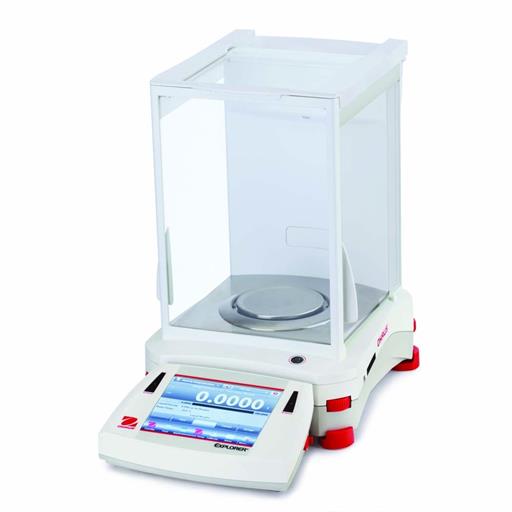Scales and balances are weighing devices used for many similar tasks, which can result in the names used interchangeably, hence creating some confusion. It is important to know the technical and practical differences between scales and balances when searching for a weighing solution that will meet your needs.
Scales versus Balances
Scales and balances are both weighing machines. However, the critical difference is that a scale measures weight while a balance measures mass.
Weight is the force of gravity on an object measured using a scale.
Depending on gravitational forces, the weight of an object will change depending on where in the world (or universe) you go.
The associated SI unit of force and weight is the Newton. However, most scales will convert and report the result in mass units such as kilograms.
Mass determines the amount of matter in an object.
The mass of an object stays the same irrespective of location and gravitational forces.
The basic unit of measurement for mass is the kilogram.
Scales
The design and inner workings of a weighing scale will vary between brands, but they all calculate weight by first measuring force. The measurement of force is through the tension force of constraint acting on an object, opposing the local effect of gravity. Most scales convert the measured force to a resulting mass at Earth's gravity because (unless you’re an astronaut like Chris Hadfield), that’s where you’re going to be using your scale. So to summerise this principle, weighing scales input the force exerted by an object, but will display results in mass.
An example of this force measurement is with a spring scale where the spring either stretches (e.g., hanging scales at a supermarket) or compresses (e.g., a bathroom scale) when an object is applied. The associated stretch or compression of the spring will allow the scale to estimate the gravitational force applied by the item, which is the principle applied by your bathroom scale every time you weigh yourself.
Weighing scales are commonplace within the home, as well as commercial environments, such as the food, manufacturing, construction, mining, and health industries. Some common applications include weighing food ingredients, monitoring personal weight, check weighing in transport, and for stocktaking procedures.
Examples of Weighing Scales
Instrument Choice stocks an enormous range of weighing scales covering virtually all applications. Follow the links below to browse the most popular, or your most relevant weighing scale categories.
Balances
A balance determines the mass of an object by balancing an unknown mass against a known mass.
A well-known example is the old-style two-pan balance. Today, modern electronic balances generally use a force restoration mechanism to create a force to balance the unknown mass you wish to gauge. As such, they often require calibration adjustments to compensate for gravitational differences.
Balances often feature sophisticated designs and advanced features. This kind of weighing device is essential in scientific research, universities, medical facilities, and R & D roles.
Types of Balances
Instrument Choice has a range of balances for precise and accurate mass measurements in professional, scientific, educational, and commercial settings. Access the main categories of balances in the Instrument Choice store below.
- Analytical Balances
- Precision Balances
- Industrial Precision Balances
- Micro and Semi-Micro Balances
- Portable Balances
Key Considerations When Purchasing A Scale or Balance
Instrument Choice Scientists recommend four key considerations when choosing between a scale or a balance.
- Readability – Balances often offer better readability than scales. Balances are more commonly used to measure tiny increments in weight very precisely.
- Cost – Balances are generally more expensive than scales due to the precision and enhanced features they generally offer.
- Capacity – Make sure the balance or scale you are considering has a weight capacity that’s suitable for the items you are looking to evaluate.
- Application – Make sure that any additional features are suitable for the job at hand. A platform scale would be overkill for use in your kitchen, and a kitchen scale wouldn’t “cut it” in many industrial applications.
Conclusion
Scales and balances are essential forms of scientific equipment used in a wide range of environments. Knowing the difference between the two, and applying the four considerations recommended by our team of scientists while you are browsing the comprehensive range in the Instrument Choice store will ensure you find a scale or balance that’s perfect for any job.
Do you need more information or want help finding the perfect scale or balance for your application? Contact one of the Instrument Choice Scientists. We’re here to help!
Call 1300 737 871 or email customer-service@instrumentchoice.com.au.
Video: What is the Difference Between a Scale and a Balance?
